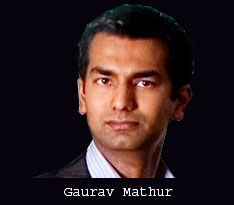
Despite its virtues, various limitations (e.g., high application specificity, partial autonomy, and sparse coverage) hinder physical sensing's effectiveness in critical scenarios such as disaster response. Propelled by versatile data capture, communication, and computing technologies, physical sensing has revolutionized the avenue for spontaneously capturing and interpreting real-world phenomenon. Our measurements show significant improvements in each service: 50-fold and up to 10-fold reductions in energy for communication and data aggregation respectively.

We quantify the potential energy gains for two commonly used sensor network services: communica- tion and in-network data aggregation. Our re- sults have significant ramifications on the design of sensor platforms as well as on the energy consumption of sensing applications. In addi- tion, this dramatically reduces storage energy costs relative to communication, introducing a new dimension in tradi- tional computation vs communication trade-offs. Our results demonstrate more than a 100-fold decrease in per-byte en- ergy consumption for surface-mount parallel NAND flash in comparison with the MicaZ on-board serial flash.

In this paper, we perform a comprehensive evaluation of the active and sleep-mode energy consumption of available flash-based storage options for sensor platforms. Current flash memories, however, offer a low-priced, high-capacity and ex- tremely energy-efficient storage solution.

The storage subsystems on currently avail- able sensor platforms have not exploited technology trends, and consequently the energy cost of storage on these plat- forms is as high as that of communication. While extensive measurement studies have been performed to highlight the trade-off between computation and commu- nication in sensor networks, the role of storage has received little attention. Local storage is required in many sensor network applica- tions, both for archival of detailed event information, as well as to overcome sensor platform memory constraints.


 0 kommentar(er)
0 kommentar(er)
